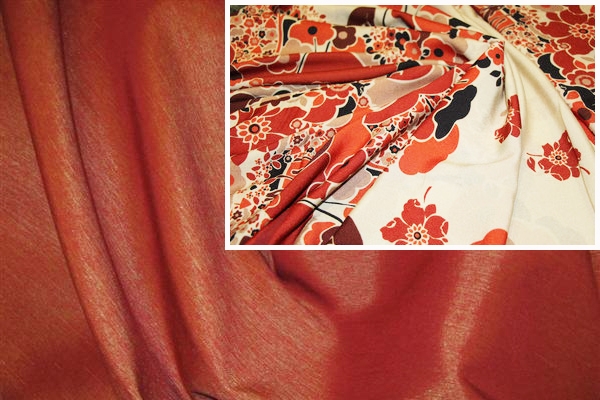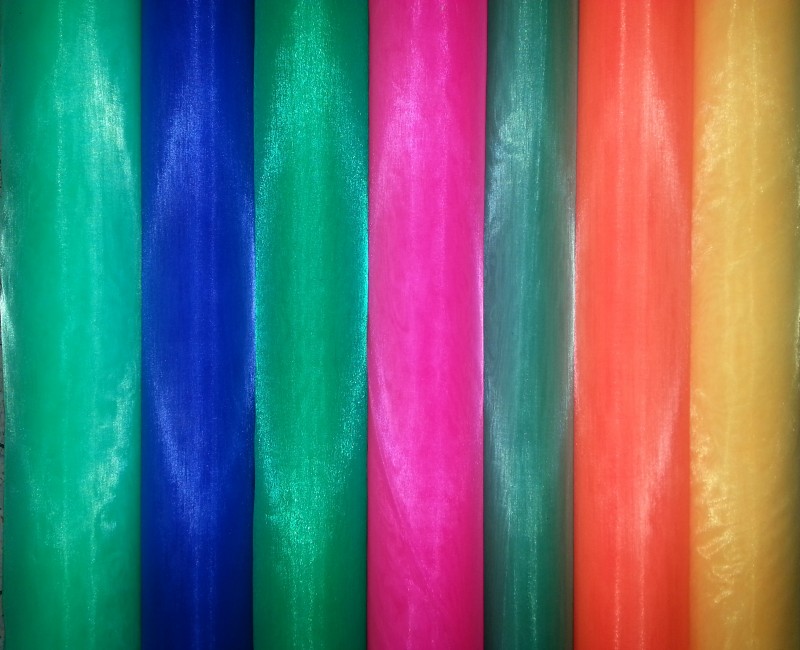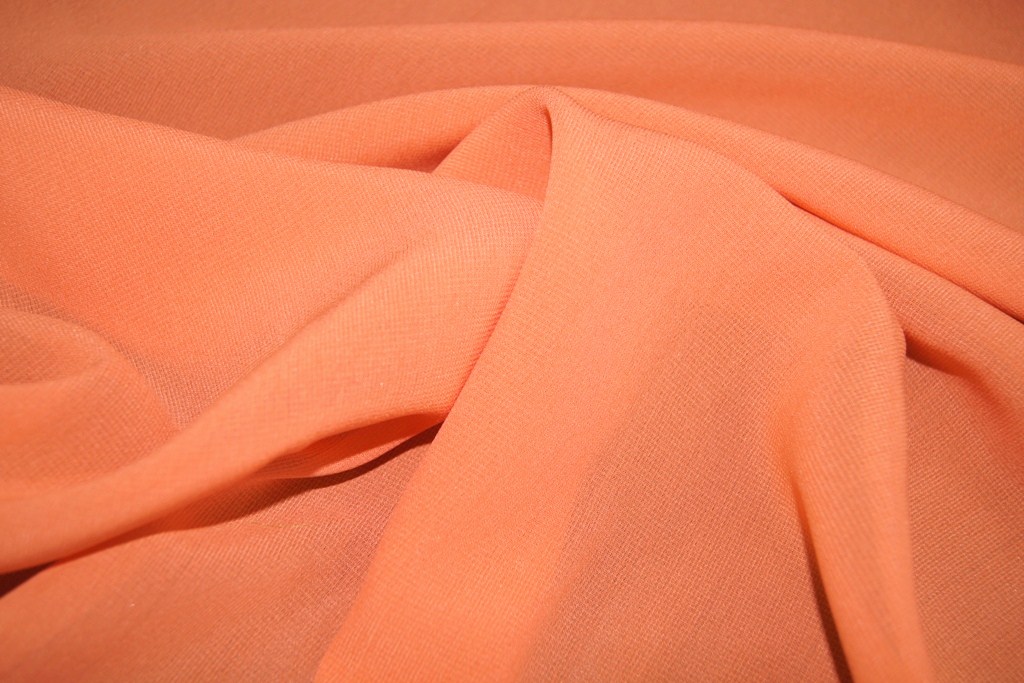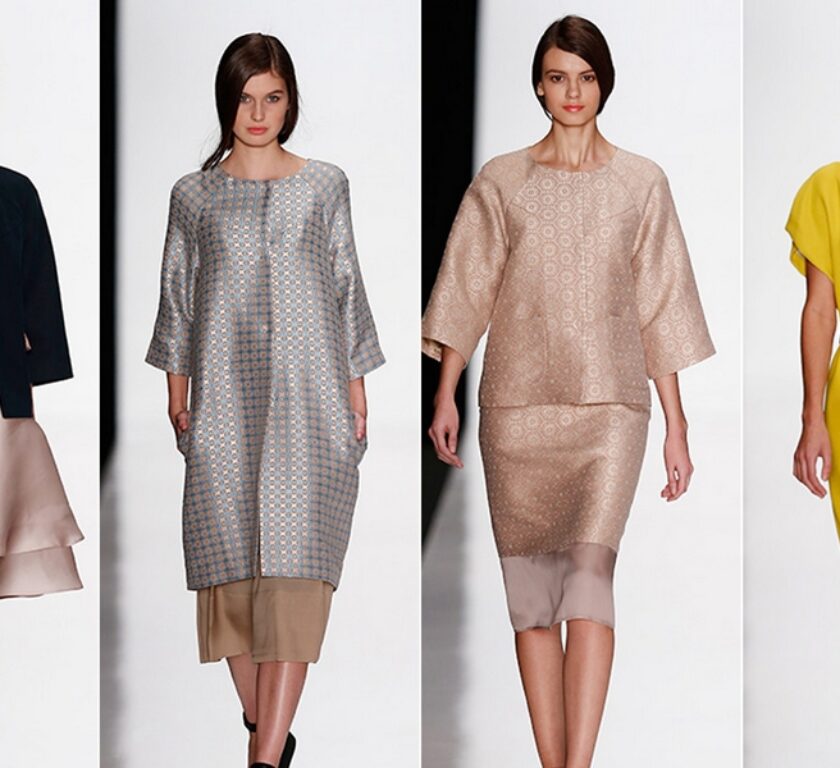SILK TYPE (1 PART)
Let’s talk about the types of natural silk in the world of textiles. Silk is a fabric of natural origin. It is obtained from the cocoon of an insect pupa, which is called a “silkworm”. Today, not only natural silk is found, but also artificial, as well as material with the addition of synthetics.
Silk fibers were first launched in China. It was in the Middle Kingdom in the 5th millennium BC that a special technology for the manufacture of this wonderful material was discovered. For a long time, he kept a very well-kept secret.
There are a large number of types of natural silk. Their main differences in weaving technology, which give them unique characteristics and appearance.
“Your job is difficult, I know that. Your body is covered only by a piece of silk.” – Charles Spencer Chaplin
NATURAL SILK
Satin (atlas) is a dense, shiny silk fabric. The surface of satin (atlas) is usually smooth, but the material can also be patterned. The atlas is distinguished by its characteristic gloss, the front side resembles gloss. This effect is achieved using a special production technology.
The weave type of this fabric, like raw silk, was invented in China. Along with the technique of producing material from silkworm cocoons, this knowledge reached first to Central Asia, and then to Europe, where the material was widely used.

GAS (GAS ILLUSION, GAS RICE, GAS MARABOU, GAS CRYSTAL)
This is a translucent silk fabric, which is achieved through a large space between its threads. The gas is very light and smooth. In the manufacture of various types of gas using printed, smooth and diagonal fabrics.
Illusion – gas is the thinnest and almost transparent material that resembles a light net. It is made of the finest silk thread. Curtains, light scarves, elements of wedding decorations are made from it.
Gas-cooked rice is light, transparent and slightly rough. The texture is achieved thanks to a special rice fabric. Hence the name.
Marabou gas is a fairly hard golden raw silk material, made of highly twisted threads. It was widely distributed at the beginning of the 18th century. It is used for sewing fluffy women’s dresses.
The gas-glass is shiny. In its production, multi-colored threads are used, which makes the surface shine like jewelry. In France, she sewed beautiful party dresses.

PLAIN NATURAL SILK ORGANZA
The name of the material is translated from French as “wavy”, “rough”. In making crepes, the threads are twisted left and right, alternating in a certain way.
This fabric is characterized by an irregular surface. The texture is somewhat similar to sand.
The crepe drapes well, spreads in beautiful waves, does not wrinkle. Sewn things are used for a long time.
In addition, silk crepe is cotton, half wool, synthetic. Now it is mainly used for women’s dresses.

CREPE
The name of the material is translated from French as “wavy”, “rough”. In making crepes, the threads are twisted left and right, alternating in a certain way.
This fabric is characterized by an irregular surface. The texture is somewhat similar to sand.
The crepe drapes well, spreads in beautiful waves, does not wrinkle. Sewn things are used for a long time.
In addition, silk crepe is cotton, half wool, synthetic. Now it is mainly used for women’s dresses.

Thin, translucent and light natural silk fabric. It happens matte and shiny. Organza embroidered patterns, apply original drawings using printing. Costumes for oriental dance and curtains are often sewn from it.
Satin comes from the word “zaituni”, the Arabic name of the port of Quanzhou in China, the birthplace of this fabric.
Silk satin has a smooth and dense surface, which is characterized by a beautiful shine. Makes bedding, men’s shirts, lining.
Silk satin is produced from two types of material: 100% cotton satin and pure silk. The weave density of this fabric is 170 to 220 threads per 1 square.
Important! Silk satin lingerie is very strong and durable. It withstands more than 200 washes, does not wash and has a cheaper price than silk.





